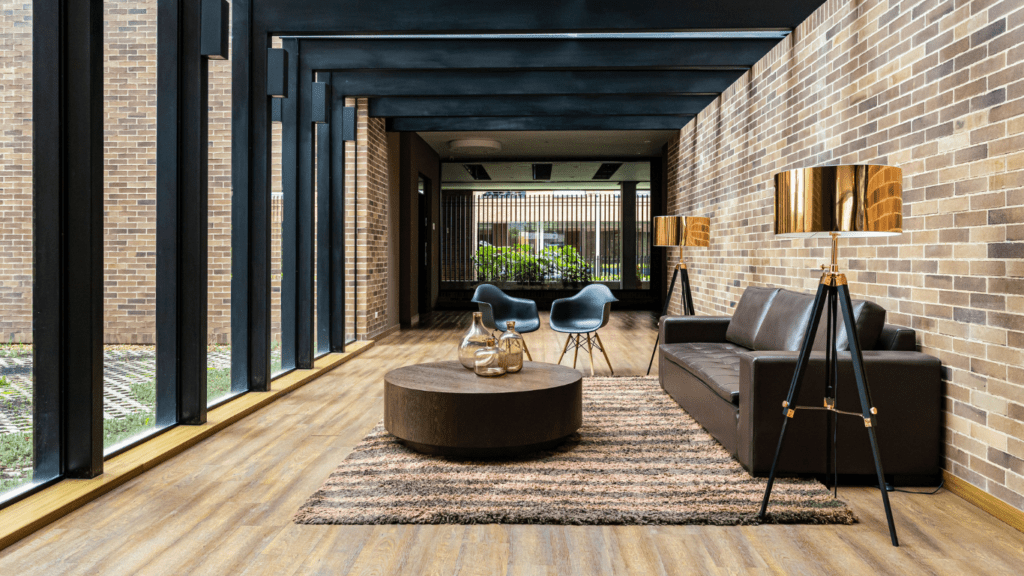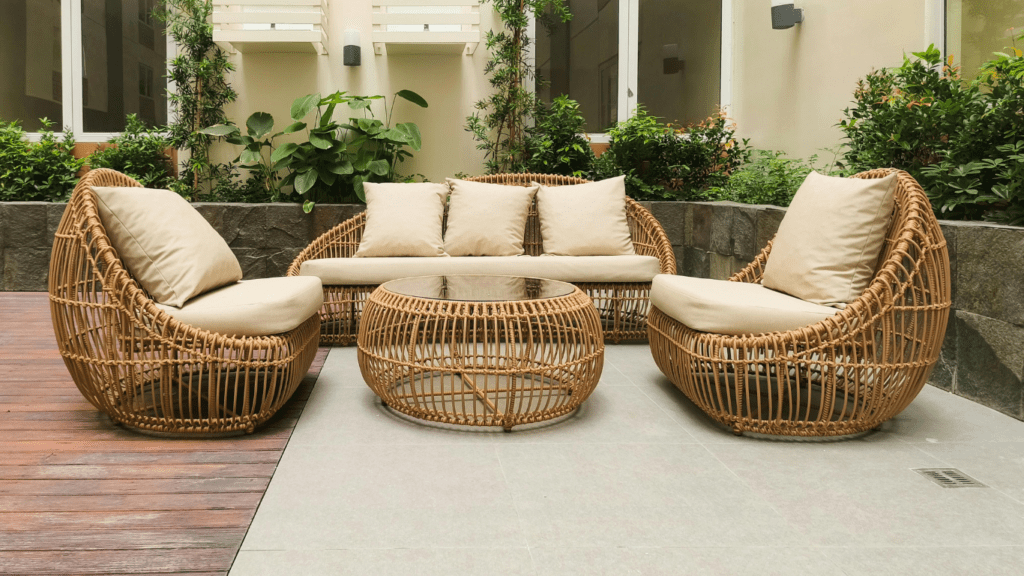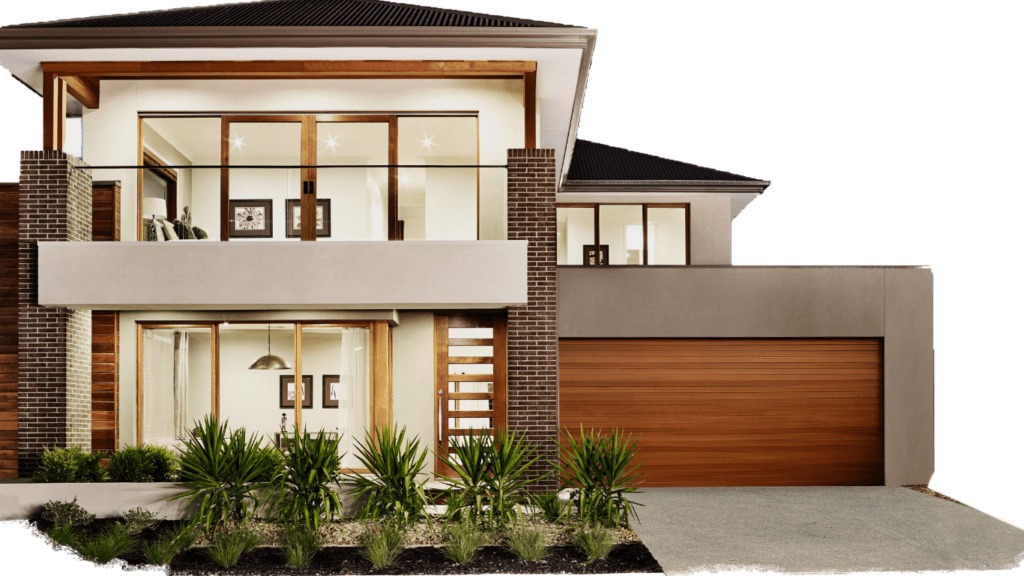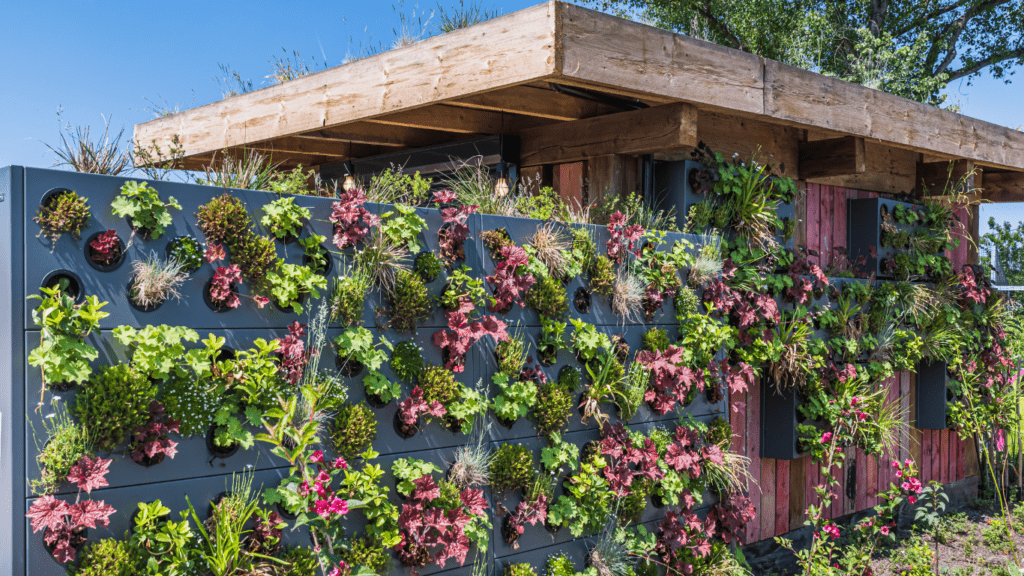Understanding Outdoor Living
Outdoor living goes beyond just having a backyard or a patio; it’s about creating a space that merges comfort, style, and functionality. By integrating various design elements like furniture, lighting, and landscaping, you can transform your exterior areas into extensions of your indoor living space.
Key Components of Outdoor Living
- Furniture Selection: Choose pieces that are both weather-resistant and comfortable. Opt for materials like teak, aluminum, or synthetic wicker to ensure durability. Consider modular furniture for flexibility and easy rearrangement.
- Lighting: Use a mix of ambient, task, and accent lighting to create a warm and inviting atmosphere. Solar-powered lights can be effective for eco-friendly options, while string lights add a whimsical touch.
- Landscaping: Incorporate plants, shrubs, and trees to add greenery and create natural barriers for privacy. Raised garden beds and vertical gardens can maximize space in smaller areas.
- Functional Zones: Designate areas for specific purposes like dining, lounging, or cooking. Use outdoor rugs, planters, or decorative screens to define these zones clearly.
- Weather Protection: Implement solutions like pergolas, awnings, and umbrellas to provide shade and protection from the elements, ensuring comfort in various weather conditions.
Planning Your Outdoor Space
A thoughtful plan is essential for a cohesive outdoor living area. Sketch your layout, considering traffic flow and how different zones interact. Select a color palette that complements your home’s exterior and stick with it to maintain visual harmony. Invest in quality materials and accessories to enhance longevity and reduce maintenance.
Enhancing Functionality
Adding functional elements can elevate the usability of your outdoor space. Install an outdoor kitchen with a grill, sink, and storage for hosting gatherings. Include a fire pit or outdoor fireplace to create a focal point and extend usability into cooler evenings. Water features like fountains or small ponds can introduce a calming sensory element.
By understanding these core aspects of outdoor living, you’ll be well on your way to creating a space that’s not only stylish but also functional.
Planning Your Outdoor Space
Effective planning ensures your outdoor space becomes both stylish and functional. Start with understanding your requirements and setting a clear budget.
Assessing Your Needs
Identifying your specific needs lays the foundation for a well-planned outdoor space. A few key considerations include:
- Purpose: Determine the main activities you’ll use the space for, such as dining, lounging, or gardening.
- Frequency: Assess how often you’ll use the area to justify investments in permanent structures or high-quality materials.
- Family and Guests: Consider how many people will typically use the space and their preferences.
- Climate: Analyze the local weather patterns to decide on appropriate furniture, shading, and heating solutions.
- List Major Expenses: Identify key cost areas like furniture, landscaping, and construction materials.
- Allocate Funds: Distribute your budget based on priority areas—spend more on essentials and allocate lesser amounts for decorative elements.
- Research Costs: Compare prices online and in stores to get a realistic idea of expenses.
- Include Contingency: Set aside 10-15% of your budget for unforeseen costs to avoid disruptions during the project.
Designing for Style and Functionality

Achieving a perfect balance between aesthetics and practicality is crucial when designing outdoor spaces. Let me guide you through some key elements that will elevate both style and function in your exterior areas.
Choosing Furniture
Furniture selection plays a significant role in outdoor design. Opt for weather-resistant materials like teak, metal, or high-quality synthetic wicker. These materials withstand the elements while retaining their beauty. Arrange seating areas to foster conversation and ensure comfort, keeping in mind the scale and proportion of the furniture relative to the space.
Incorporating Lighting
Effective lighting enhances ambiance and improves functionality. Use a combination of string lights, pathway lights, and lanterns to illuminate different areas. Solar-powered lights offer eco-friendly options while reducing energy costs. Focus on layering light sources to create depth and highlight key features. For example, use spotlights to accentuate garden elements or architectural details.
Adding Greenery
Plants add life and beauty to any outdoor space. Select a mix of perennials, shrubs, and container plants to provide color and texture throughout the year. Consider native plants, which are more likely to thrive in your local climate and require less maintenance. Use tall plants or trellises to create natural privacy screens, and place potted plants on different levels to add dimension.
By focusing on these elements, your outdoor space will not only be stylish but also highly functional, meeting your practical needs while providing an aesthetically pleasing environment.
Outdoor Living Essentials
Creating a stylish and functional outdoor space involves identifying key areas and outfitting them with the right elements. Each section should cater to specific activities to maximize both comfort and utility.
Cooking and Dining Areas
A well-equipped cooking and dining area enhances alfresco experiences. This zone should feature:
- Grill or Outdoor Kitchen: Invest in a quality grill or a complete outdoor kitchen setup. Look for features like side burners and ample counter space.
- Weather-Resistant Dining Table: Opt for materials like teak or metal. These withstand the elements better.
- Comfortable Seating: Ensure chairs are not just sturdy but also provide comfort for extended meals.
- Shade Solutions: Use umbrellas or pergolas. These protect against harsh sun and light rain.
- Lighting: Incorporate ambient and task lighting (e.g., string lights, lanterns). This allows for evening use.
Relaxation Zones
Designating areas for relaxation creates inviting sanctuaries for unwinding. Key components include:
- Lounge Chairs and Hammocks: Prioritize comfort and durability. Include cushions made from weather-resistant fabrics.
- Side Tables: Place around seating areas. They provide surfaces for drinks, books, or decor.
- Soft Textiles: Add outdoor rugs and throw pillows. These bring indoor coziness outside.
- Water Features: Incorporate fountains or small ponds. The sound of water adds tranquility.
- Privacy Screens: Use plants, trellises, or outdoor curtains. These offer seclusion and contribute to a serene environment.
Entertainment Spaces
An engaging entertainment space makes outdoor areas more dynamic. Important elements are:
- Outdoor Speakers: Choose weatherproof models. These provide high-quality sound.
- Projector and Screen: Set up for movie nights. Ensure a weather-resistant screen is used.
- Fire Pits or Fireplaces: These become focal points. They also extend usability into cooler months.
- Games and Activities: Install items like cornhole boards or a bocce ball court. These encourage interactive fun.
- Ample Seating: Arrange in a way that promotes conversation and easy access to entertainment features.
By focusing on these essentials, creating a stylish and functional outdoor living space becomes achievable.
Enhancing Privacy and Comfort
Creating stylish and functional exterior spaces means incorporating elements that enhance both privacy and comfort. I’ll share effective methods to achieve these goals.
Fencing and Screens
Installing fencing or screens boosts privacy and adds aesthetic appeal. Options include wooden fences, lattice screens, and bamboo panels, each providing varying degrees of seclusion. Wooden fences offer a classic look, ideal for traditional settings. Lattice screens combine style and function, allowing for plant growth to integrate greenery. Bamboo panels provide a tropical vibe, perfect for coastal or exotic themes. Choose materials that complement the overall design and withstand weather conditions.
Weather Considerations
Weather conditions influence the comfort of outdoor spaces. By understanding local climate patterns, I can recommend suitable solutions. In sunny regions, shade structures like pergolas and umbrellas protect against harsh sunlight. Retractable awnings offer flexibility, providing shade when needed. For windy areas, windbreaks using tall plants or fencing reduce gust impact. Rain-prone regions benefit from waterproof furniture covers and drainage systems. Heated elements, such as outdoor heaters and fire pits, extend usability in cooler months, ensuring year-round comfort.



 Wesleyero McGill – Founder & CEO
Wesleyero McGill is the visionary behind Castle Shelf House, bringing over a decade of experience in home renovation and design. His passion for creating beautiful, functional spaces has led him to establish this platform, where he shares the latest trends in interior and exterior design. As Founder and CEO, Wesleyero is dedicated to offering expert advice on furniture placement, home styling, and renovation, helping homeowners transform their spaces with ease and confidence.
Wesleyero McGill – Founder & CEO
Wesleyero McGill is the visionary behind Castle Shelf House, bringing over a decade of experience in home renovation and design. His passion for creating beautiful, functional spaces has led him to establish this platform, where he shares the latest trends in interior and exterior design. As Founder and CEO, Wesleyero is dedicated to offering expert advice on furniture placement, home styling, and renovation, helping homeowners transform their spaces with ease and confidence.
